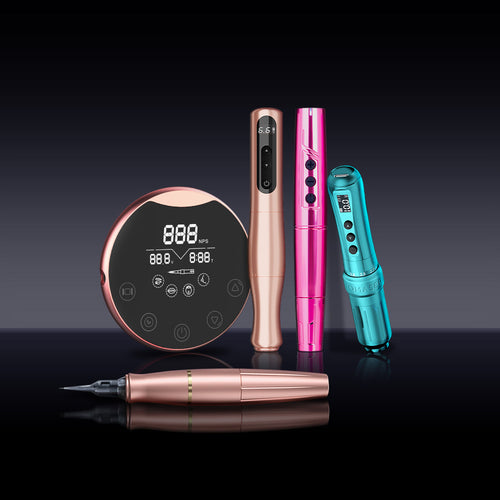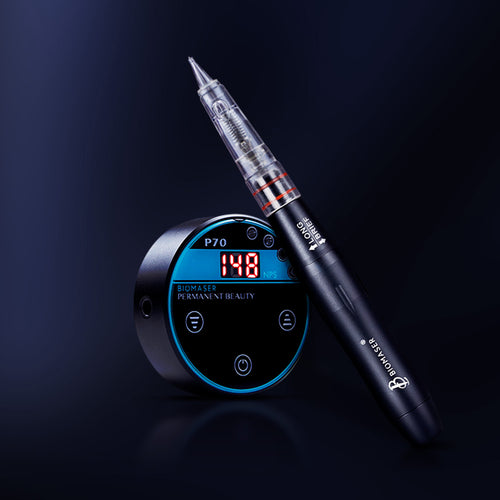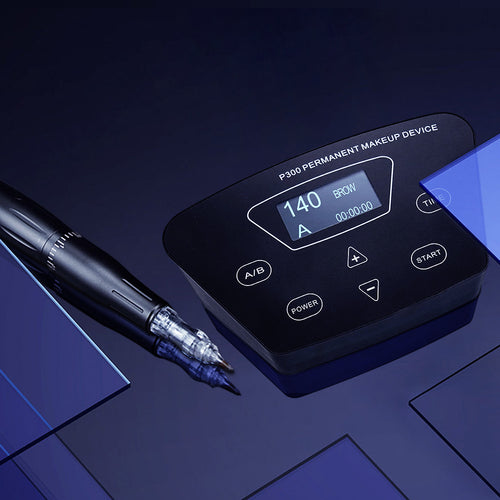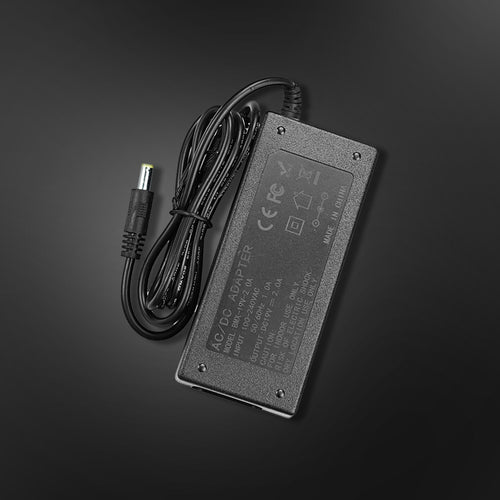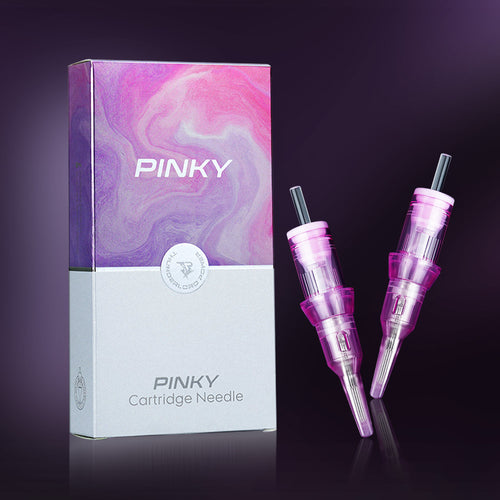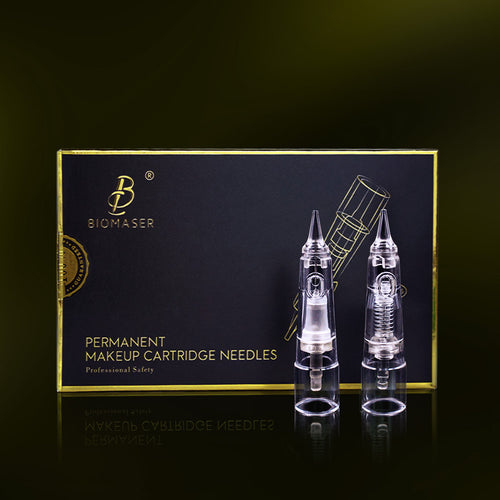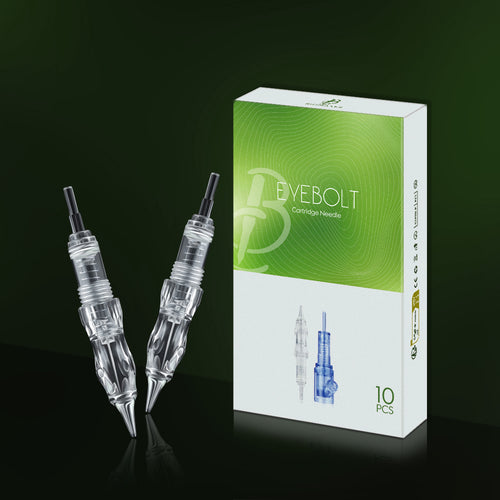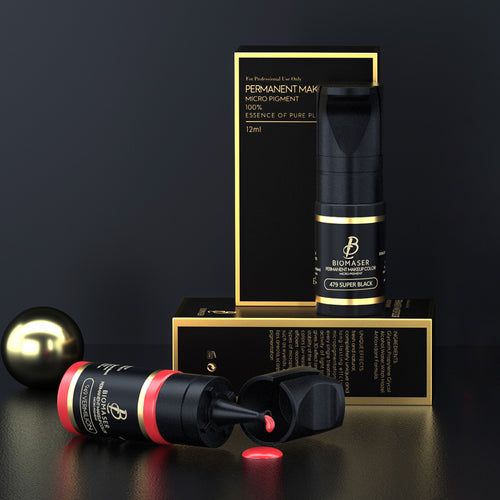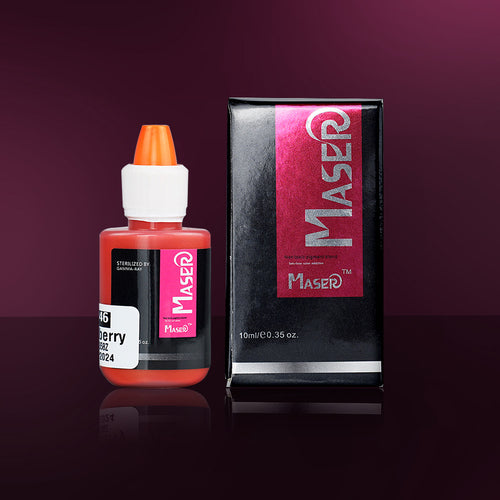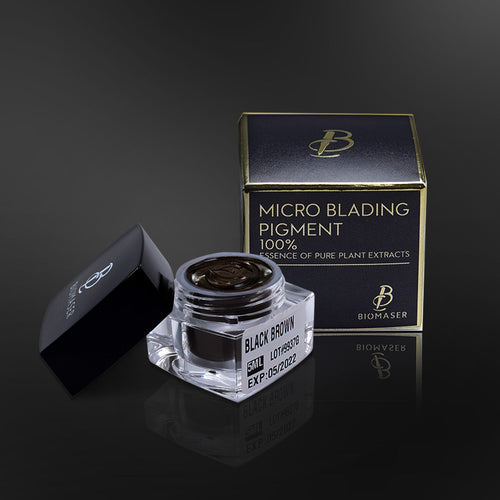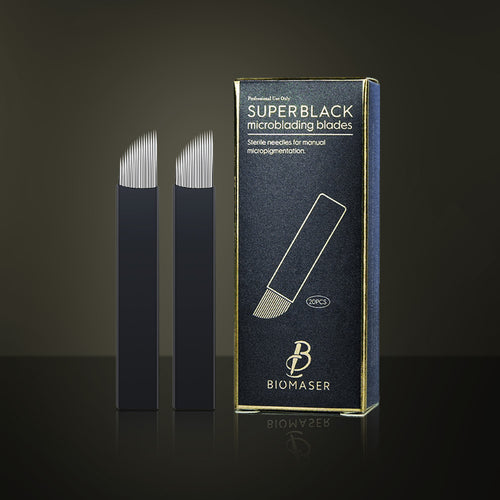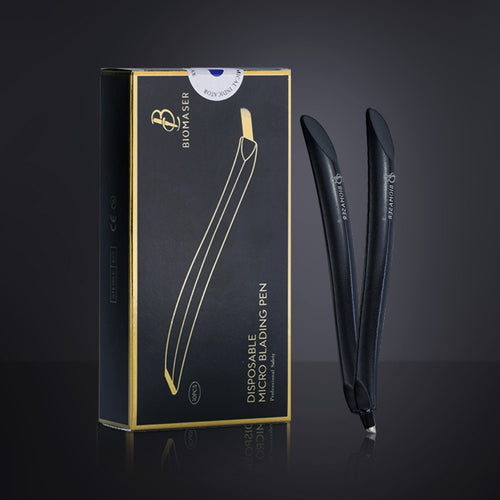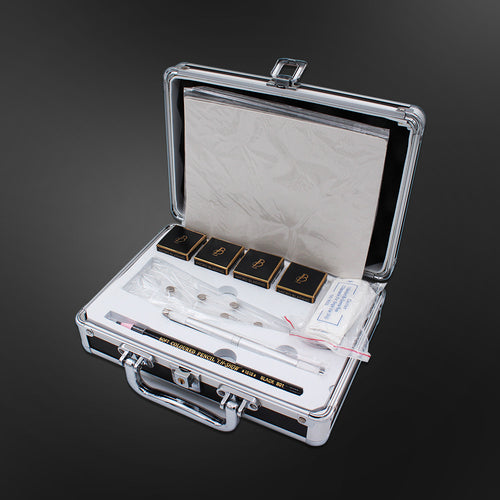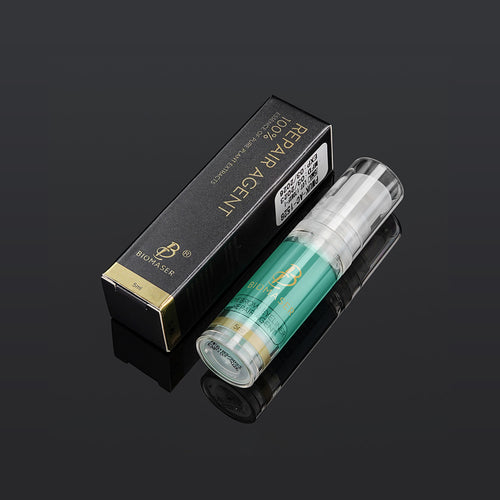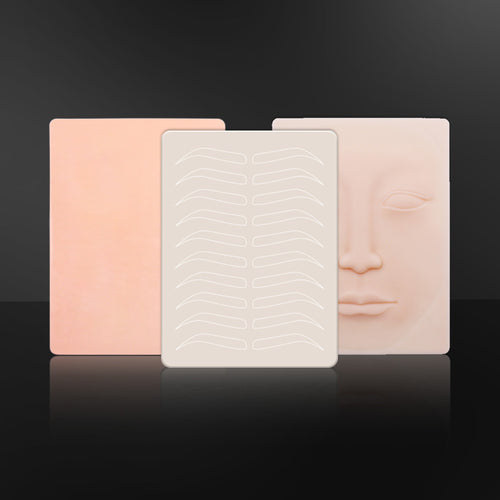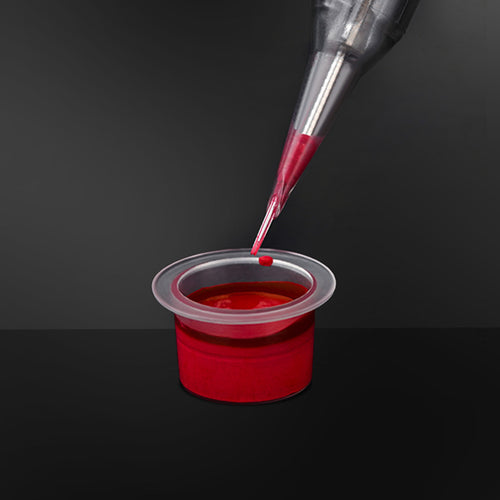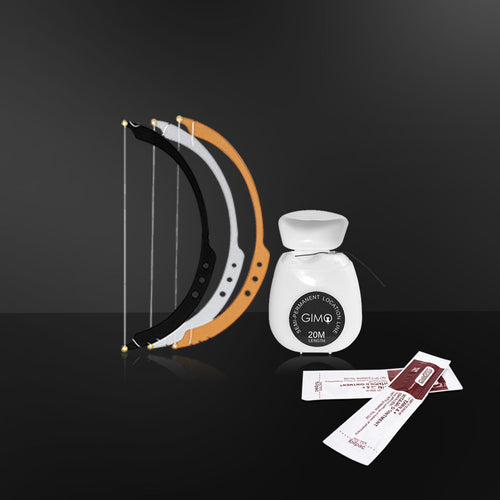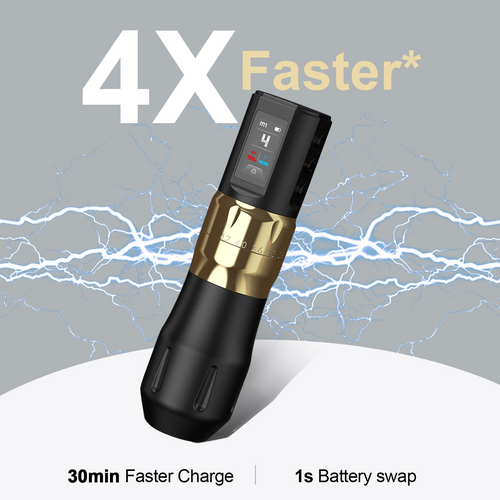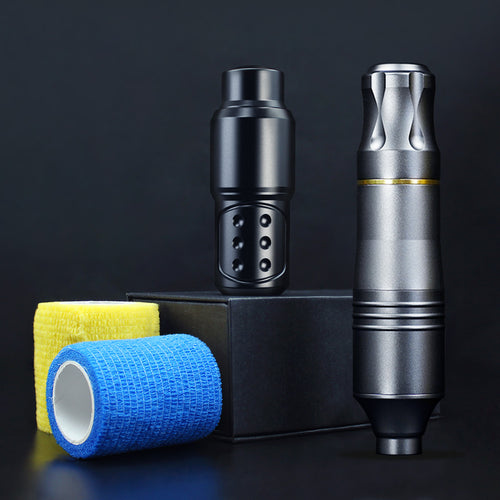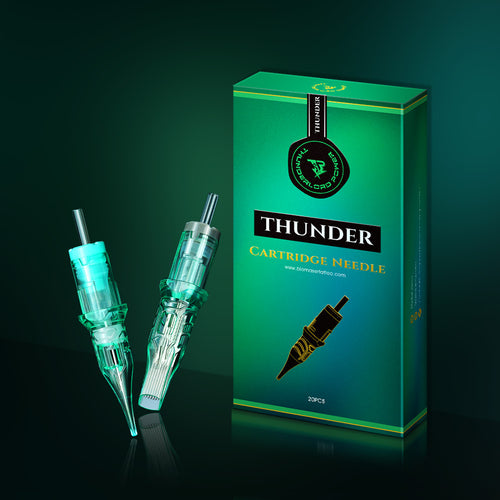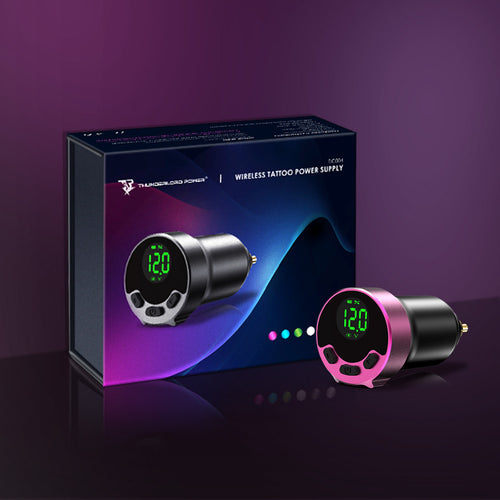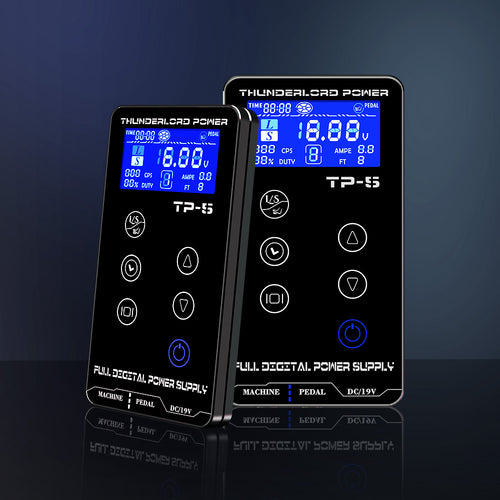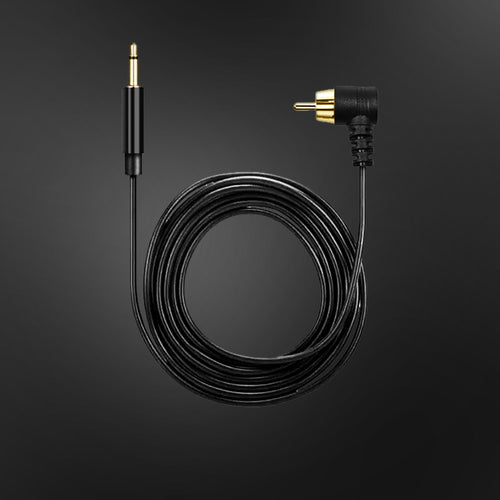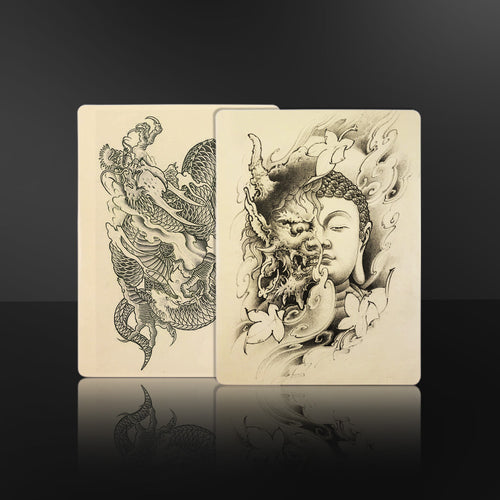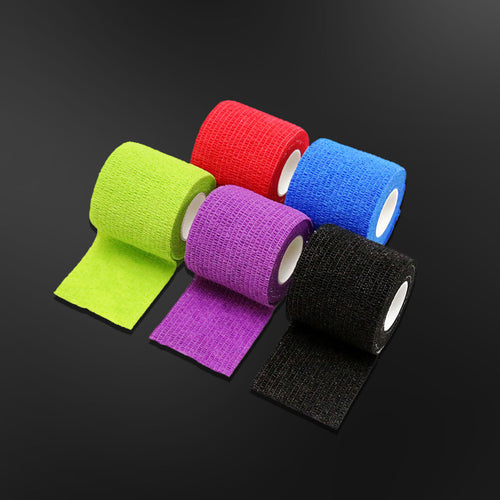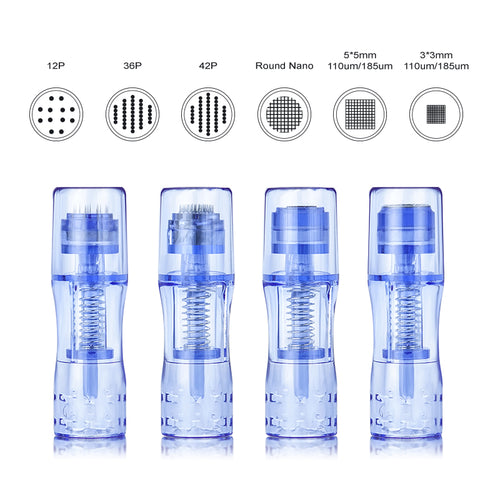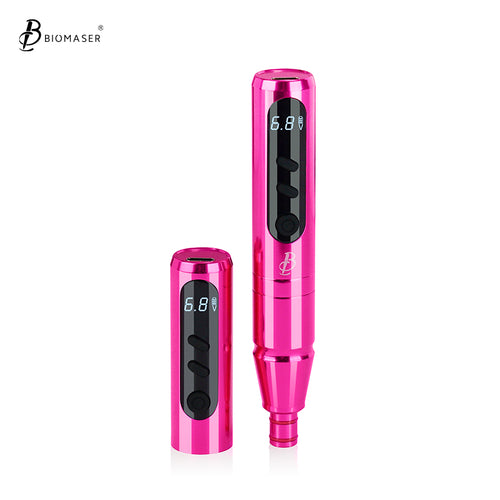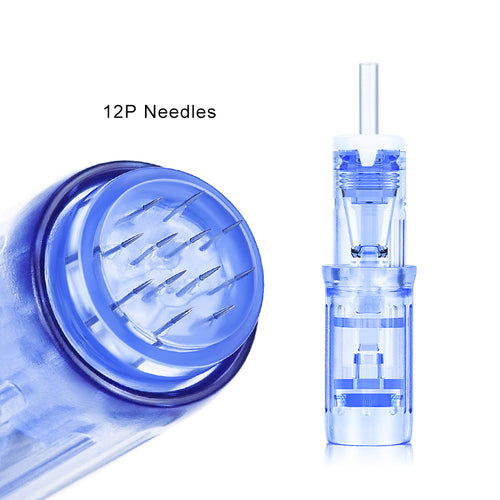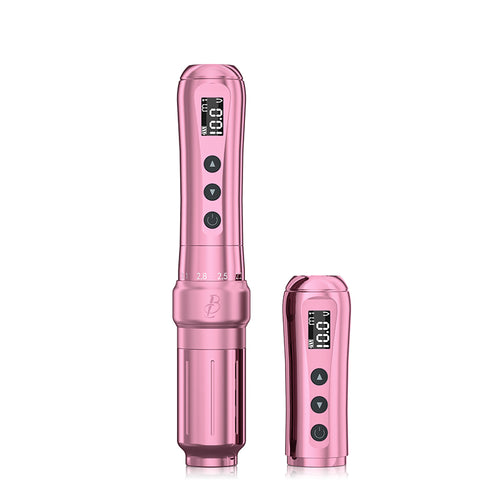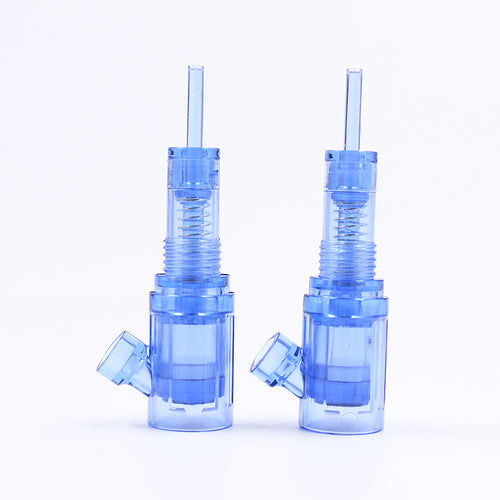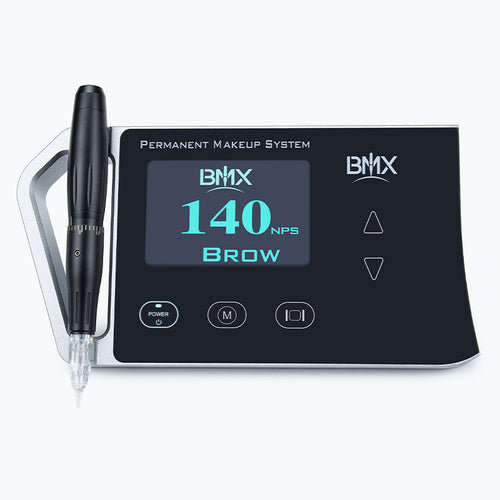How to Ensure Safety During the Tattoo Process?
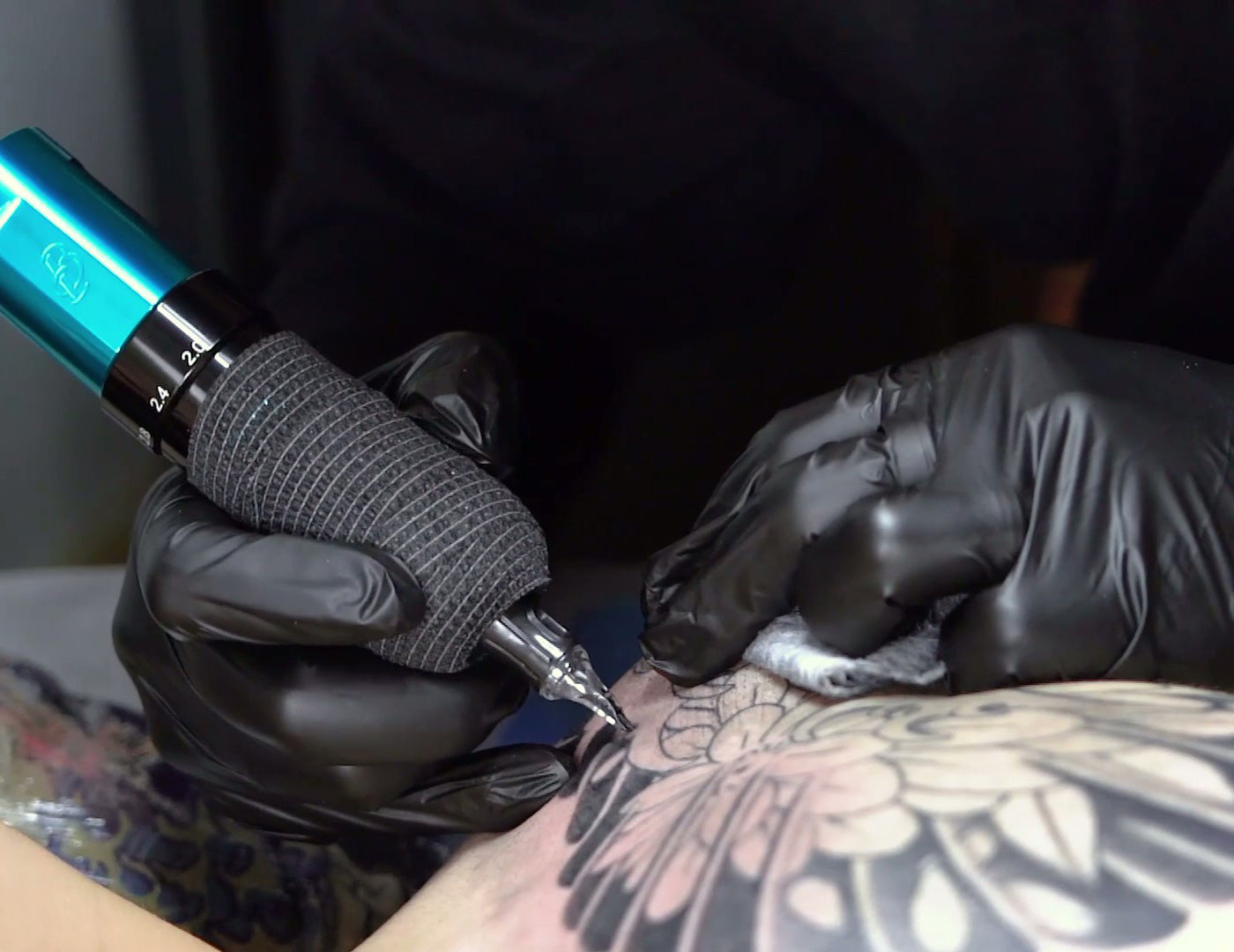
Tattoos have become a popular form of self-expression, but the process is not without its risks. It's important to understand what those risks are so you can avoid them and ensure your tattooing experience is as safe and enjoyable as possible. The key risks during the tattoo process include allergic reactions, pain and discomfort, and the possibility of fainting and dizziness. Each of these can be prevented or mitigated by taking the right precautions and knowing what to expect.
Immediate Health Concerns
1. Allergic Reactions
During the tattoo process, one of the immediate concerns is the potential for an allergic reaction. These reactions can stem from the tattoo ink, the disinfectants used on the skin, or even the latex gloves that the artist wears. Symptoms can range from minor irritation and redness to severe swelling and pain.
2. Pain and Discomfort
Pain is part and parcel of getting inked, and how much it hurts can vary dramatically from person to person. If you have a low pain threshold or are feeling particularly anxious, the sensation could feel more intense.
3. Fainting and Dizziness
It's not unheard of for individuals to feel light-headed or even faint during a tattoo session. This can be due to the pain, a nervous reaction, or sitting still for a prolonged period. To prevent this, it's essential to eat a well-balanced meal before your session to keep your blood sugar stable. Staying hydrated also plays a vital role.
Tattoo Artists' Safety Protocols
Tattoo artists play a crucial role in ensuring the safety and hygiene of the tattooing process. Here's what you should expect from a professional artist:

1. Utilization of Disposable Supplies
A professional studio will always use new tattoo needles and ink cups for every client. There should be no exceptions to this rule. You have the right to see your artist open new packages of supplies before they start working on you.

2. Sterilization Procedures
Do not hesitate to ask your artist about their sterilization methods. Autoclaves (high-pressure steam machines) are the gold standard for sterilizing non-disposable equipment. After items are autoclaved, they should be stored in sealed packets until they are needed.

3. Selection of Safe Ink
The quality of ink used is extremely important. Low-quality inks can cause infections and allergic reactions. Artists should only use high-quality tattoo inks that comply with safety standards. While you might not be an expert in tattoo inks, asking where the ink comes from and ensuring it's not from a dubious source can protect your health.

4. Pre-tattoo Skin Preparation
The area of skin getting tattooed needs to be thoroughly cleaned and disinfected before starting. This usually involves shaving the area to remove hair and applying a disinfectant such as alcohol or iodine solution to reduce infection risk.

5. Personal Protective Equipment (PPE)
Masks are a key defense against the spread of infections through respiratory droplets. Disposable gloves helps protect against bloodborne pathogens and maintaining hygiene. It is essential for these gloves to be of high quality and replaced if compromised, ensuring the integrity of the sterile field and preventing infection.

6. Equipment and Environment Safety
Equipment should be regularly checked for electrical safety to prevent any accidents. A clean, clutter-free workspace enhances safety, efficiency, and sanitation, helping to avoid accidents and contamination, reflecting an artist's professionalism and care for client welfare.
7. Tattooing Technique Considerations
Different art styles require different techniques, and your artist should be proficient in the style you choose. They should be adept at adjusting their pressure to avoid damaging deeper layers of skin.
8. Client Health Inquiry
Before starting the tattoo, responsible tattoo artists will ask about your health history, including any allergies. This step is crucial for customizing the tattoo process to suit your specific needs and circumstances.
9. Response to Excessive Pain
If you're experiencing unbearable pain, the tattoo process should be paused to ascertain the cause. Your comfort and safety come first, and a good artist will stop the procedure to address any excessive pain issues.
Clients' Responsibilities for a Safe Dealing Experience
While tattoo artists are responsible for maintaining strict hygiene and safety standards, clients also have a role to play in ensuring the tattoo process goes smoothly.What does the clients need to do before getting a tattoo?
1. Physical and Mental Preparation
Before getting your tattoo, get as much rest as possible on the eve of your appointment. Keep your body in the best physical condition, and do not go into the studio if you are not feeling well.
2. Nutritional Guidelines
Eat a good meal at least two hours prior to getting tattooed. This will maintain your normal blood sugar levels, keeping you poised and comfortable during the process. Though you are going to be nervous, try avoid caffeine as that boosts anxiety. Avoid alcohol also since it thins the blood that may cause excessive bleeding that can affect the quality of the tattoo.
3. During Tattoo Cooperation
Communicate with your tattoo artist throughout. A tattoo artist will let you know the proper positioning, along with any movements to be made during the process. Being relaxed and able to remain still greatly enhances the ability to create a quality outcome of the tattoo. Keep in mind that fidgeting not only affects accuracy but can very well drag out your session time and hence add to discomfort.
4. Allergy Awareness
If you have a history of allergies, especially to certain material types like latex or some lotions, let your artist know before starting. They will be able to take precautions by using alternative products to avoid an allergic reaction.
Start Your Safe and Spectacular Tattoo Experience!
Picking out a tattoo is super exciting, but always remember to put your safety first. A great tattoo experience is all about teamwork between you and the tattoo artist. If both of you get how important each other's part is in the tattooing process, everything will not only be safer but also way more fun. So, keep it safe and enjoy making your personal art statement!
Read More
- The Art of Tattooing: Unveiling Machine Needles
